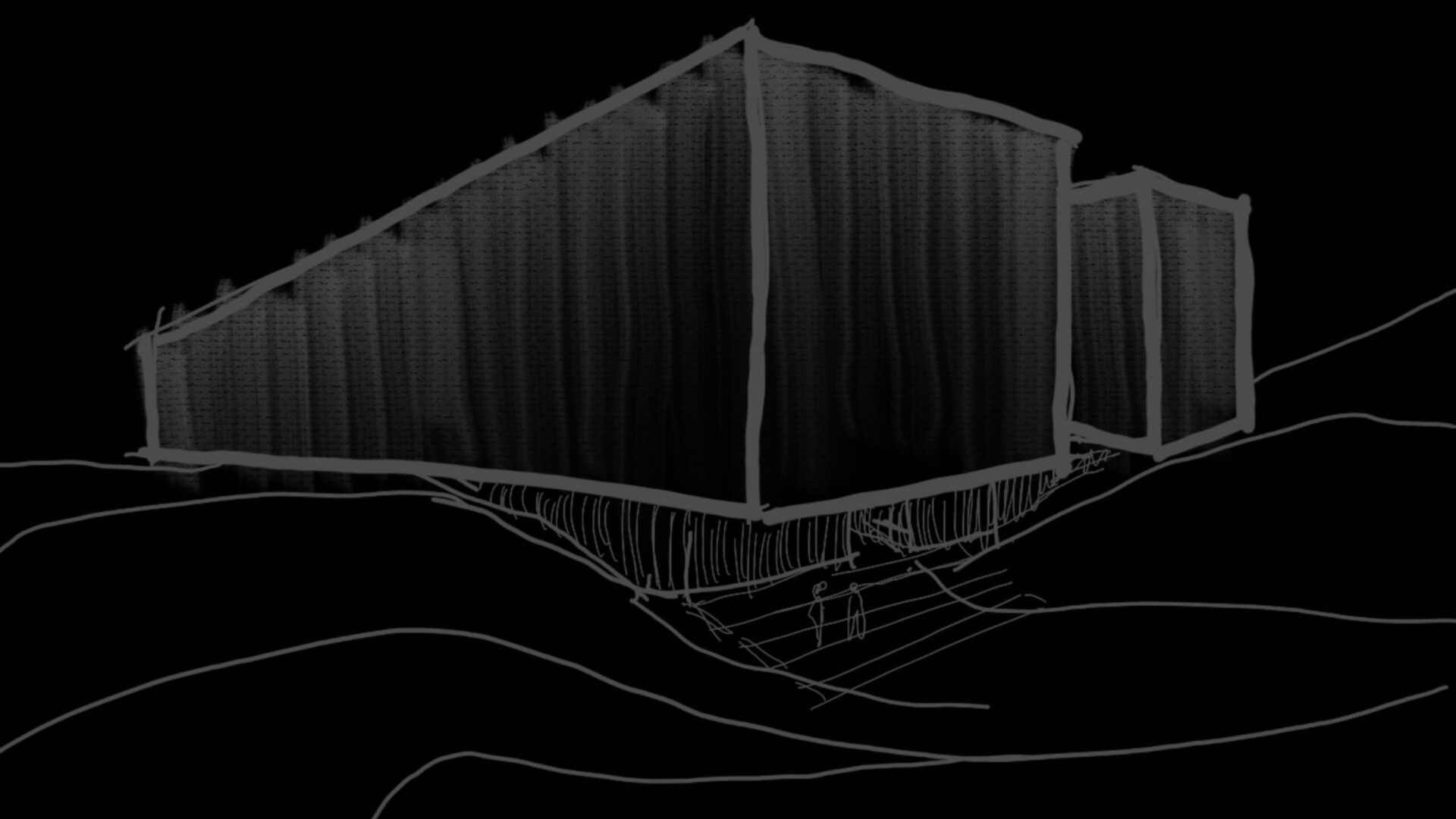
I come from traditional architecture — the kind that gets built.
Buildings for families, offices, developers. Real materials, real budgets, real regulations.
A concrete, functional craft. Often routine.
Where creativity must coexist —and sometimes surrender— to building codes, budgets, and deadlines.
But something in me always resisted that routine.
Ever since I began modeling in 3D more than a decade ago, I discovered a way of creating that didn’t depend on whether a structure could stand or whether a client would approve it.
I modeled to experiment. To visualize ideas. To play.
And in that process, a question emerged:
What if architecture didn’t need to be built to be meaningful?
A Turning Point: Designing for Video Games
At some point, I decided to look beyond traditional practice.
I found myself drawn to something I’d always admired from afar: video games.
Entire worlds designed from scratch. Atmospheres full of intention.
Spaces that follow not physical laws, but emotional and narrative ones.
That’s when I realized: my craft had a place in that universe.
As an architect, I knew how to organize space, work with proportions, manipulate light and void.
But here, those skills served a different purpose: not to be inhabited, but to immerse.
The goal wasn’t to live in the space, but to feel something while moving through it.
From Real Estate Projects to Digital Assets
My first steps were intuitive.
I revisited old projects —buildings, interiors, plazas— and asked:
“What if this existed in a fantasy world? What would I keep? What would I exaggerate?”
That’s how I began creating architectural assets for digital environments.
From detailed structures to urban landscapes.
Suddenly, what once needed to pass engineering standards became a canvas for imagination.
And I understood something essential: in game design, architecture is not just form or function. It’s emotion. It’s atmosphere. It’s part of the story.
A dark alley can create tension. A futuristic cathedral can evoke power or spirituality. A forest hideout can be a moment of peace — or a trap.
None of that requires permits or structural drawings. It just needs intention.
The Two Scales of My New Work
Today, I divide my work into two main areas:
- Design and modeling of architecture and objects: Structures, furniture, construction details. Assets meant to exist within a specific narrative or scene. These are more intimate projects, where each texture or proportion can speak.
- Design and modeling of environments and cities: Larger scale work — towns, urban sectors, whole worlds that frame a story. Not every detail can be modeled, but everything must feel coherent, alive, believable.
Both services are connected by the same thread: creating worlds that feel real, even if they don’t exist.
A New Kind of Creative Freedom
Working in the video game and film industries has returned a creative freedom I deeply missed:
The freedom to design without the constraints of the physical world.
But that doesn’t mean I abandoned what I learned as an architect: spatial logic, material understanding, how humans inhabit places.
I still use it all — only now, to evoke emotion, immerse players, and tell stories through space.
It’s a path I’m still exploring.
But it has already shown me one essential truth:
Architecture doesn’t need to be built to be powerful.
Sometimes, it just needs to exist on a screen,
and make someone —anywhere in the world— pause, breathe, and think:
“I want to walk through here.”
